
When I first saw the Edelrid Ohm at a trade show I remember being distinctly unimpressed. Year after year we go to these shows and see so called 'innovations' that either represent a reinvention of the wheel or a design so esoteric that its sole purpose seems to be to win an industry design award and then be relegated to the dusty back shelves of outdoor shops across the world. Maybe it was the coffee, but I wrote off the Ohm there and then... until, that is, I actually used one. And then I realised I had been very, very wrong. It is actually a simple solution to a genuine problem.
The problem the Ohm seeks to address is that of the weight difference between the lead climber and the belayer. Perhaps this was part of the reason for my initial cynicism, since it's actually quite rare that I climb with people of a greatly contrasting weight. But for those that do, this device will be a welcome arrival - something I soon discovered through the reviewing process! The official definition of the Ohm is an 'assisted braking resistor', which - in short - means that it increases friction within the system. The end result is that by using the ingenious Ohm, lighter belayers can safely hold the falls of heavier climbers without fear of being extruded through the first quickdraw.
"With the ingenious Ohm, lighter belayers can safely hold the falls of heavier climbers without fear of being extruded through the first quickdraw"
In terms of that difference in weight, the Ohm becomes noticeable from around 10kg difference upwards; the greater the disparity the more marked the benefit compared to how it would have been without one.
In use the Ohm is clipped to the first bolt of a route, with care being made to clip it the right way up. This part actually takes a bit of getting used to, and we've found it easier to thread the rope through on the ground, clip the carabiner and device to your harness, and then climb up and clip it pre-threaded en route. Actually threading it while climbing is a bit of a pain and should be avoided. Another option here would be to place it using a clip-stick.
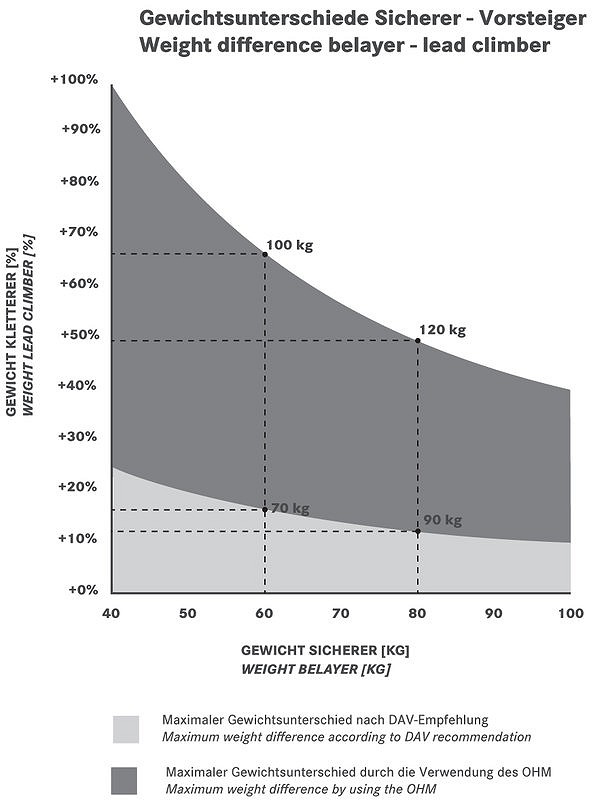
Whilst the Ohm's greatest asset could be for the leader around the first to third clip (i.e. where there is a genuine concern of decking out) its effect was just as noticeable higher up on routes, where long falls were taken. Despite the rope stretch lighter belayers can easily be dragged upwards into the rock or wall - never a pleasant experience. We trialled this several times during a highly non-scientific test that saw me taking a number of huge falls from the top of Awesome Walls Sheffield. The first - which are featured in the video - are with Alan James belaying, who weighs 72kg. As you'll see he goes up quite a way without the Ohm, and a lot less with it! But this was nothing compared to our Developer Martin McKenna, who weighs in at a featherweight 55kg, and without the Ohm went all the way up to the 2nd quickdraw (I intentionally avoided clipping the first because I knew he'd go a long way up, and were I to have done so he might have injured himself hitting the wall or getting tangled up in the quickdraw and bolt). Once we'd added the Ohm to the system, Martin's wild ride skyward was prevented.
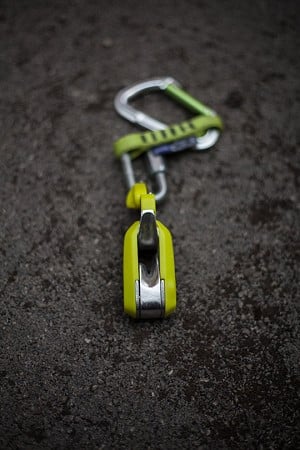
The words increase and friction, whilst positive in the sense of climbers of mismatched weight, are not so positive when it comes to paying out slack and clipping. Before using it I had worried that the Ohm might be a bit grabby when the leader was pulling through slack - all the more so when short roped. However, despite our great efforts to make it stick, the Ohm doesn't seem to make it any harder at all to clip smoothly - fairly remarkable when you've seen it work as an 'assisted braking resistor' in anger.
Our sole complaint with the Ohm is its price. For what you get £110 does seem a bit steep. However, seeing as there's nothing else quite like it out there I guess you're paying for the design and research that went into it. It is also built to last, with plenty of steel in and around the rope area that looks unlikely to wear out within your lifetime. But if you don't like the price…well… either buy a ballast bag or tie yourself to a tree. Them's the choices, folks! For our money, the Ohm wins every time.
Overall
If you regularly climb with someone of very different weight to yourself then investing in the Ohm - and it is an investment at £110 - would be worthwhile. This simple but ingenious device makes a significant safety improvement for lighter belayers holding falls.
Edelrid say:
The Ohm is an innovative new solution for the problems experienced by climbing partners with a significant difference in weight. That is to say the risk for a heavier lead climber if their partner has difficulty controlling their falls and the risk for a lighter belayer if their partner's falls pull them off the ground, hurling them against the wall.
The OHM is an assisted-braking resistor that you instal at the first bolt in the safety chain. In the event of a fall, the OHM increases rope friction so that a lighter belayer can hold a heavier partner without being suddenly pulled off the ground and thrown against the wall.
The OHM still enables smooth paying out and taking in rope when climbing and belaying and has no negative affect on handling. The OHM was developed for use at both climbing walls and outdoor sport climbing venues.










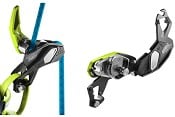
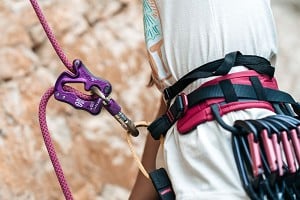
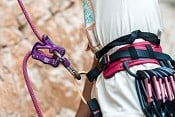



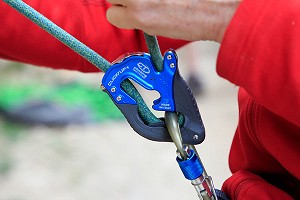
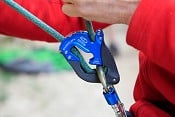
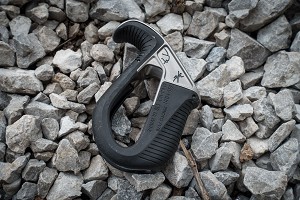
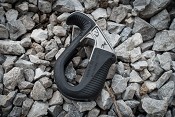
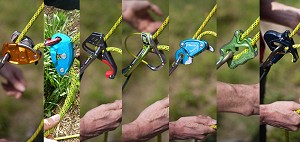

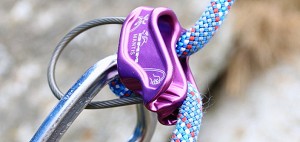

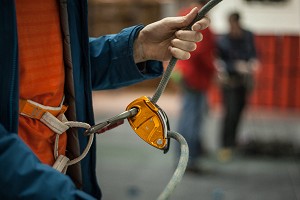
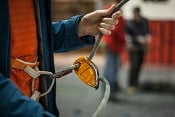
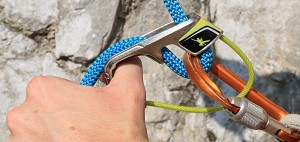

Comments